What’s the Difference Between Squash, Pumpkins, & Gourds?
Ohhhh I have gone down a botanical rabbit hole! I was writing an article on How to Roast Pumpkins and Squash. Only, I realized that I didn't know what exactly to call them...! My initial thought was to describe pumpkins, squash, and other ornamental gourds as... gourds. After all, what else would you call them?? I tend to cook a lot of butternut squash and pie pumpkins, but these aren't necessarily all that I roast! And surely there must be an over-arching taxonomy? Gourd classification got a little bit complicated from there, though...
Gourd Classification
graph TD A["Kingdom (6)"]-->B["Subkingdom (1)"] B-->C["Superdivision (1)"] C-->D["Division (5)"] D-->E["Class (2)"] E-->F["Subclass (6)"] F-->G["Order (13)"] G-->H["Family (13)"] H-->I["Genus (34)"] P["Plantae (Plants)"] P-->R["Tracheobionta (Vascular Plants)"] R-->X["Spermatophyta (Seed Plants)"] X-->AG["Magnoliophyta (Flowering Plants)"] AG-->AI["Magnoliopsida (Dicotyledons)"] AI-->AL["Dilleniidae"] AL-->BB["Violales (Flowering Plant)"] BB-->BG["Cucurbitaceae (Cucumber Family)"] BG-->BV["Cucurbita Lundelliana (Gourd)"] style A fill:#7dac2f style B fill:#7dac2f style C fill:#7dac2f style D fill:#7dac2f style E fill:#7dac2f style F fill:#7dac2f style G fill:#7dac2f style H fill:#7dac2f style I fill:#7dac2f style P fill:#cdcd10 style R fill:#cdcd10 style P fill:#cdcd10 style R fill:#cdcd10 style X fill:#cdcd10 style AG fill:#cdcd10 style AI fill:#cdcd10 style AL fill:#cdcd10 style BB fill:#cdcd10 style BG fill:#cdcd10 style BV fill:#cdcd10
The aforementioned is the basic tree. This is by no means the full extent of the taxonomy tree, though. For that, you'll have to bear with me a little bit on this enormous visual representation! But trust me, it helps.
graph TD A["Kingdom (6)"]-->B["Subkingdom (1)"] B-->C["Superdivision (1)"] C-->D["Division (5)"] D-->E["Class (2)"] E-->F["Subclass (6)"] F-->G["Order (13)"] G-->H["Family (13)"] H-->I["Genus (34)"] I-->J["Species (9)"] J-->K["Colloquial Variety"] L["Animals (Animals)"] M["Archaebacteria (Single-celled Organisms)"] N["Bacteria/Eubacteria (Microorganisms)"] O["Fungi (Fungi)"] P["Plantae (Plants)"] Q["Protista (Eukaryotic Organism)"] P==>R["Tracheobionta (Vascular Plants)"] P-.-S["Anthocerotophyta"] P-.-T["Bryophyta"] P-.-U["Chlorophyta"] P-.-V["Hepaticophyta"] P-.-W["Rhodophyta"] R==>X["Spermatophyta (Seed Plants)"] R-.-Y["Equisetophyta"] R-.-Z["Lycopodiophyta"] R-.-AA["Psilophyta"] R-.-AB["Pteridophyta"] X-->AC["Coniferophyta (Conifers)"] X-->AD["Cycadophyta (Cycads)"] X-->AE["Ginkgophyta (Ginkgo)"] X-->AF["Gnetophyta (Mormon Tea, other Gnetophytes)"] X==>AG["Magnoliophyta (Flowering Plants)"] AG-->AH["Liliopsida (Monocotyledons)"] AG==>AI["Magnoliopsida (Dicotyledons)"] AI-->AJ["Asteridae"] AI-->AK["Caryophyllidae"] AI==>AL["Dilleniidae"] AI-->AM["Hamamelididae"] AI-->AN["Magnoliidae"] AI-->AO["Rosidae"] AL-->AP["Batales"] AL-->AQ["Capparales"] AL-->AR["Diapensiales"] AL-->AS["Dilleniales"] AL-->AT["Ebenales"] AL-->AU["Ericales"] AL-->AV["Lecythidales"] AL-->AW["Malvales"] AL-->AX["Nepenthales"] AL-->AY["Primulales"] AL-->AZ["Salicales"] AL-->BA["Theales"] AL==>BB["Violales (Flowering Plant)"] BB-->BC["Begoniaceae (Begonia Family)"] BB-->BD["Bixaceae (Lipstick-tree Family)"] BB-->BE["Caricaceae (Papaya Family)"] BB-->BF["Cistaceae (Rock-rose Family)"] BB==>BG["Cucurbitaceae (Cucumber Family)"] BB-->BH["Datiscaceae (Datisca Family)"] BB-->BI["Flacourtiaceae (Flacourtia family)"] BB-->BJ["Frankeniaceae (Frankenia family)"] BB-->BK["Loasaceae (Loasa family)"] BB-->BL["Passifloraceae (Passion-flower family)"] BB-->BM["Tamaricaceae (Tamarix family)"] BB-->BN["Turneraceae (Turnera family)"] BB-->BO["Violaceae (Violet family)"] BG-->BP["Apodanthera Arn. (Apodanthera)"] BG-->BQ["Cayaponia Silva Manso (Melonleaf)"] BG-->BR["Citrullus Schrad. (Watermelon)"] BG-->BS["Coccinia Wight & Arn. (Coccinia)"] BG-->BT["Cucumeropsis Naudin (Cucumeropsis)"] BG-->BU["Cucumis Lundelliana (Melon)"] BG==>BV["Cucurbita Lundelliana (Gourd)"] BG-->BW["Echinopepon Naud. (Balsam apple)"] BG-->BX["Ecballium A. Rich. (Squirting Cucumber)"] BG-->BY["Fevillea Lundelliana (Fevillea)"] BG-->BZ["Ibervillea Greene (Globeberry)"] BG-->CA["Luffa Mill. (Luffa)"] BG-->CB["Marah Kellogg (Manroot)"] BG-->CC["Psiguria Neck. ex Arn. (Pygmymelon)"] BG-->CD["Sicyos Lundelliana (Bur cucumber)"] BG-->CE["Sicyosperma A. Gray (Sicyosperma)"] BG-->CF["Thladiantha Bunge (Thladiantha)"] BG-->CG["Tumamoca Rose (Tumamoca)"] BV-->CH["Cucurbita digitata A. Gray (Fingerleaf Gourd)"] BV-->CI["C. ficifolia Bouché (Figleaf Gourd)"] BV-->CJ["Cucurbita foetidissima Kunth (Missouri Gourd)"] BV==>CK["C. maxima Duchesne (Winter Squash)"] BV-->CL["Cucurbita mixta Pang. (Pumpkin)"] BV==>CM["C. moschata Duchesne (Crookneck Squash)"] BV-->CN["Cucurbita okeechobeensis (Small) L.H. Bailey (Okeechobee Gourd)"] BV-->CO["C. palmata S. Watson (CoyoteFACORN Gourd)"] BV==>CP["Cucurbita pepo L. (Field Pumpkin)"] CK==>CQ["Banana Squash"] CK==>CR["Buttercup Squash"] CK==>CS["Red Kuri Squash"] CK==>CT["Hubbard Squash"] CK==>CU["Kabocha Squash"] CK==>CV["Turban Squash"] CM==>CW["Butternut Squash"] CM==>CX["Calabaza Squash"] CP==>CY["Acorn Squash"] CP==>CZ["Carnival Squash"] CP-->DA["Carving Pumpkin"] CP-->DB["Cousa Squash"] CP-->DC["Delicata Squash"] CP-->DD["Ornamental Gourd"] CP-->DE["Patty Pan Squash"] CP==>DF["Pie Pumpkin"] CP-->DG["Round Zucchini"] CP-->DH["Spaghetti Squash"] CP-->DI["Sweet Dumpling Squash"] CP-->DJ["Yellow Straightneck Squash"] CP-->DK["Zephyr Squash"] CP-->DL["Zucchini"] style A fill:#7dac2f style B fill:#7dac2f style C fill:#7dac2f style D fill:#7dac2f style E fill:#7dac2f style F fill:#7dac2f style G fill:#7dac2f style H fill:#7dac2f style I fill:#7dac2f style J fill:#7dac2f style K fill:#7dac2f style P fill:#cdcd10 style R fill:#cdcd10 style X fill:#cdcd10 style AG fill:#cdcd10 style AI fill:#cdcd10 style AL fill:#cdcd10 style BB fill:#cdcd10 style BG fill:#cdcd10 style BV fill:#cdcd10 style CK fill:#cdcd10 style CM fill:#cdcd10 style CP fill:#cdcd10 style CQ fill:#cdcd10 style CR fill:#cdcd10 style CS fill:#cdcd10 style CT fill:#cdcd10 style CU fill:#cdcd10 style CV fill:#cdcd10 style CW fill:#cdcd10 style CX fill:#cdcd10 style CY fill:#cdcd10 style CZ fill:#cdcd10 style DF fill:#cdcd10
(USDA, Classification for Kingdom Plantae Down to Genus Cucurbita L.)
(Britannica, Pumpkin)
More varieties of pumpkins, squash, and other gourds exist. I merely pulled out some of the main ones for a visual representation. There are also more genus classifications, 34 in total, that do not appear on this chart for the sake of condensing.
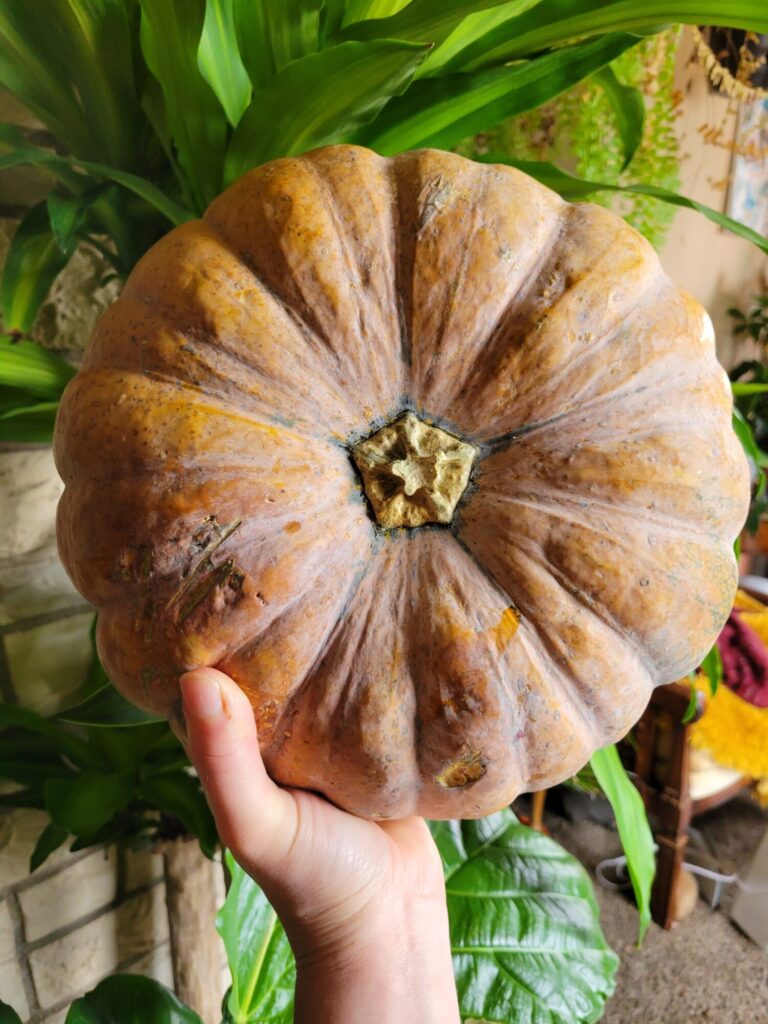

What ARE Gourds?
It turns out that gourd classification is not quite as simple as I first thought! This is because, when you call things gourds, you get into the issue of ornamental gourds versus the higher classification of the gourd genus. After all, there is a difference between pie pumpkins, butternut squash, and other edible gourds and other ornamental and inedible gourds.
Therefore, I decided to start from the beginning. After all, there must be some taxonomical classification that differentiates between these! Bear with me, though. Things are not quite as easy as it seems! And I had to create this entire article to explain a sub-section of another article. Just to justify whether to call all of these gourds...


Cucumber Family (Cucurbitaceae)
To start out, "gourds" are all members of the cucumber family. This differentiates them from things like begonias and violets. A poignant distinction! But it encompasses both annual and perennial vining herbs. And includes everything from squash and pumpkins to cucumbers and even melons. So, while this does help, we need to go a step further in gourd classification!
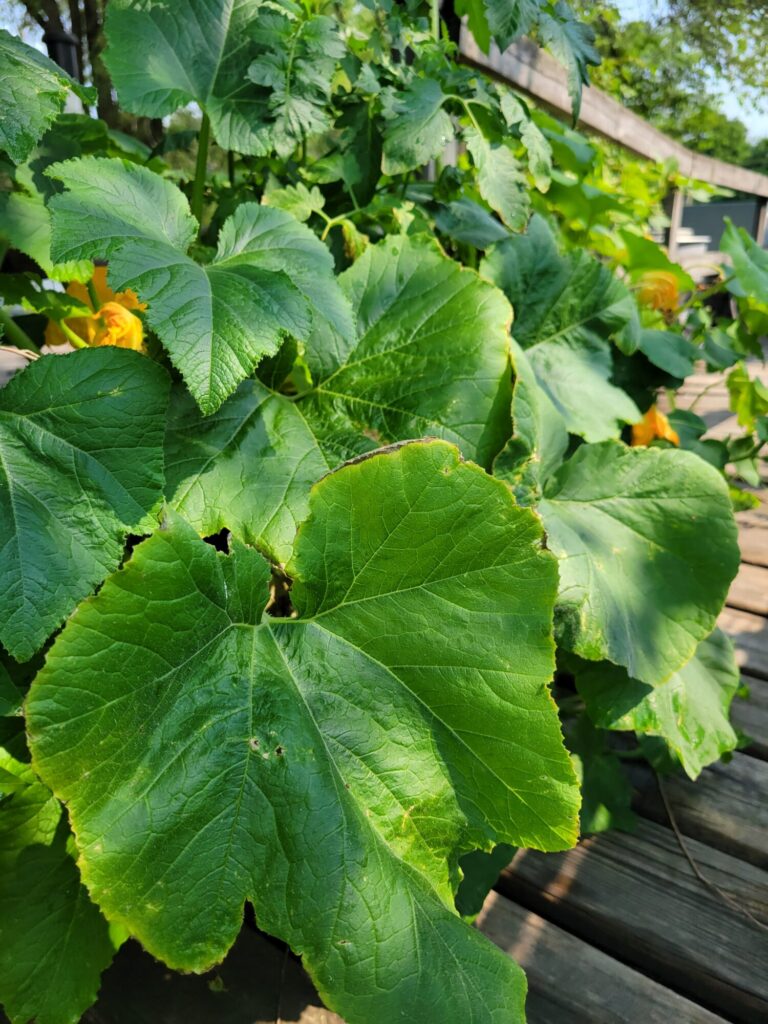

Gourd Genus (Cucurbita Lundelliana)
A step past the cucumber family on the gourd classification scale is the gourd genus. This broadly characterizes gourds. And feels like where we should be able to stop!
After all, now we have differentiated between gourds and watermelons, melons, cucumbers, and even luffa. Yes, that oddly shaped thing that you pay too much at flea markets for is actually a dehydrated type of gourd!
But you can see how this is starting to get complicated! And this gourd classification still doesn't make any differentiation between different types of gourds. A problematic distinction when it includes everything from squash, pumpkins, decorative or ornamental gourds, and inedible gourd varieties.
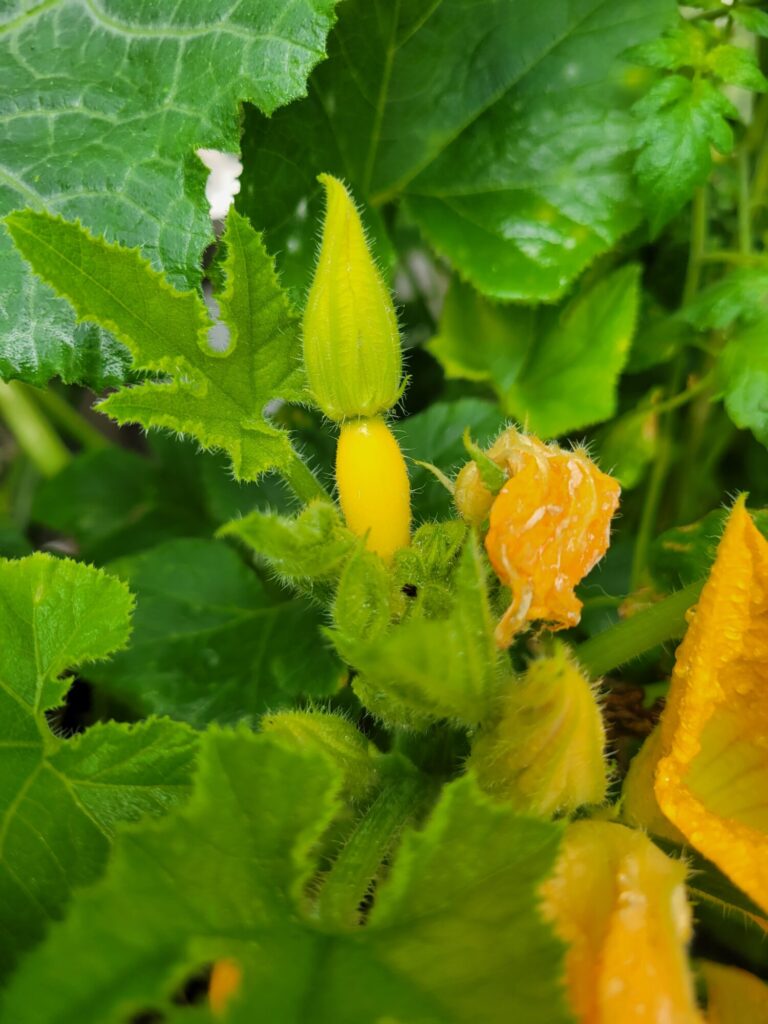
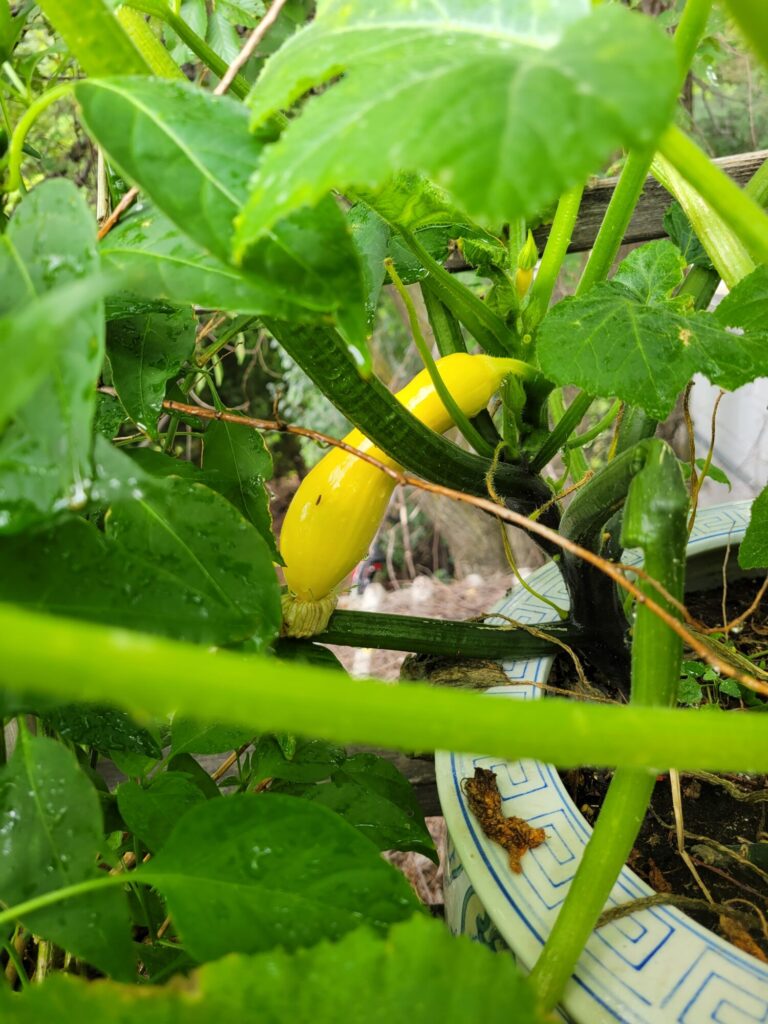
Winter Squash, Crookneck Squash, and Field Pumpkin Species
Taking this one step further becomes infinitely more complicated, though! This is because there is no technical classification for all of these. Most gourds that we eat are classified as winter squash, crookneck squash, or field pumpkin.


Winter Squash (Cucurbita maxima Duchesne)
Even these aren't all similar squash and gourds, though.
The "winter squash" variety, doesn't even encompass all winter squash! That's because this term doesn't actually mean anything according to gourd classification. It merely differentiates between squash that are more typically harvested in the summer, like yellow crookneck squash or zucchini, and squash that are more typically harvested in the winter, like butternut and acorn squash.
But butternut squash, acorn squash, and kabocha squash, while all considered "winter" varieties, vary across all of these species. According to this classification, acorn squash, pie pumpkins, and zucchini are more similar to one another than butternut squash are to acorn or kabocha squash.

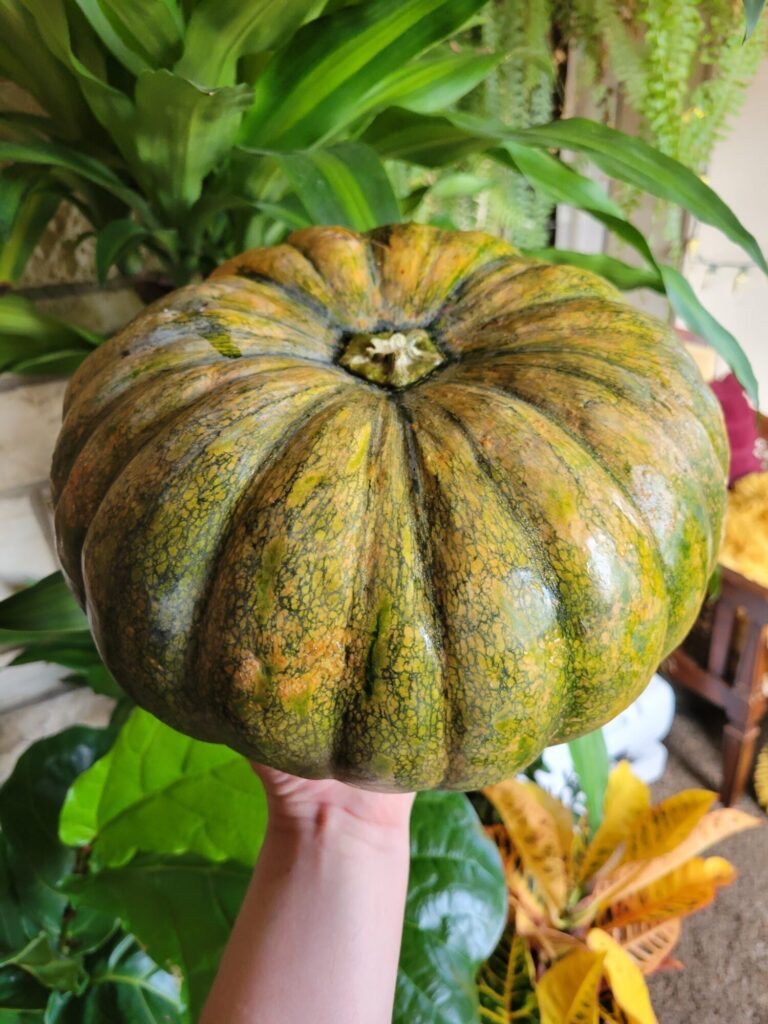
Crookneck Squash (Cucurbita moschata Duchesne)
Crookneck squash varieties sound simple enough, but they aren't even all crookneck! Butternut squash are, but calabaza squash are in the same species and look more like a pumpkin Cinderella would ride in on than anything else.

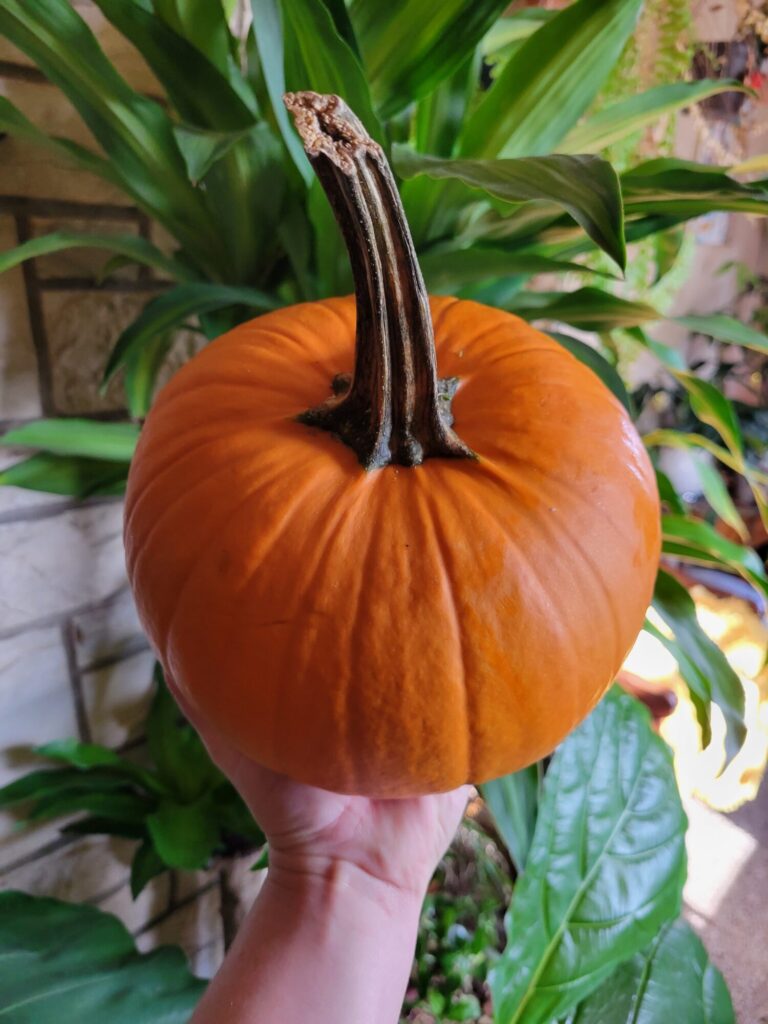
Field Pumpkin (Cucurbita pepo Lundelliana)
If you take the field pumpkin variety, which sounds the most uniform! You get acorn squash, pie pumpkins, carving pumpkins, spaghetti squash, and zucchini.
So, What Exactly Do We Call Them?
This means that there really isn't a great way to classify gourds! Scientifically, similar-looking and tasting gourds aren't nearly as similar classification-wise. And colloquial way in which we talk about them is just that. It has little-to-nothing to do with where the gourds fall taxonomically speaking.
The most accurate way in which to describe them is simply to call them "gourds." However, since we more typically are speaking of ornamental gourds when we use this terminology, it's not exactly the best moniker to start throwing around. If I start talking about pie pumpkins and butternut squash as "gourds," no one could be faulted for envisioning dainty little gourds sitting around a mantle in the fall and beginning of the autumn holiday season.
Since this doesn't reflect the way in which we actually talk or think about gourds, though. It doesn't really help when trying to communicate a point to other people.
Hence, I have decided calling pie pumpkins and carving pumpkins "pumpkins." And every other edible gourd "squash."
Now, "squash" is not a technical definition. It has no class or genus and describes no family or species. However, it does describe what the majority of us are thinking of when we imagine edible gourds.
Also it helps to keep from having to explain this everything that I have gown down this taxonomy rabbit hole to explain every time.
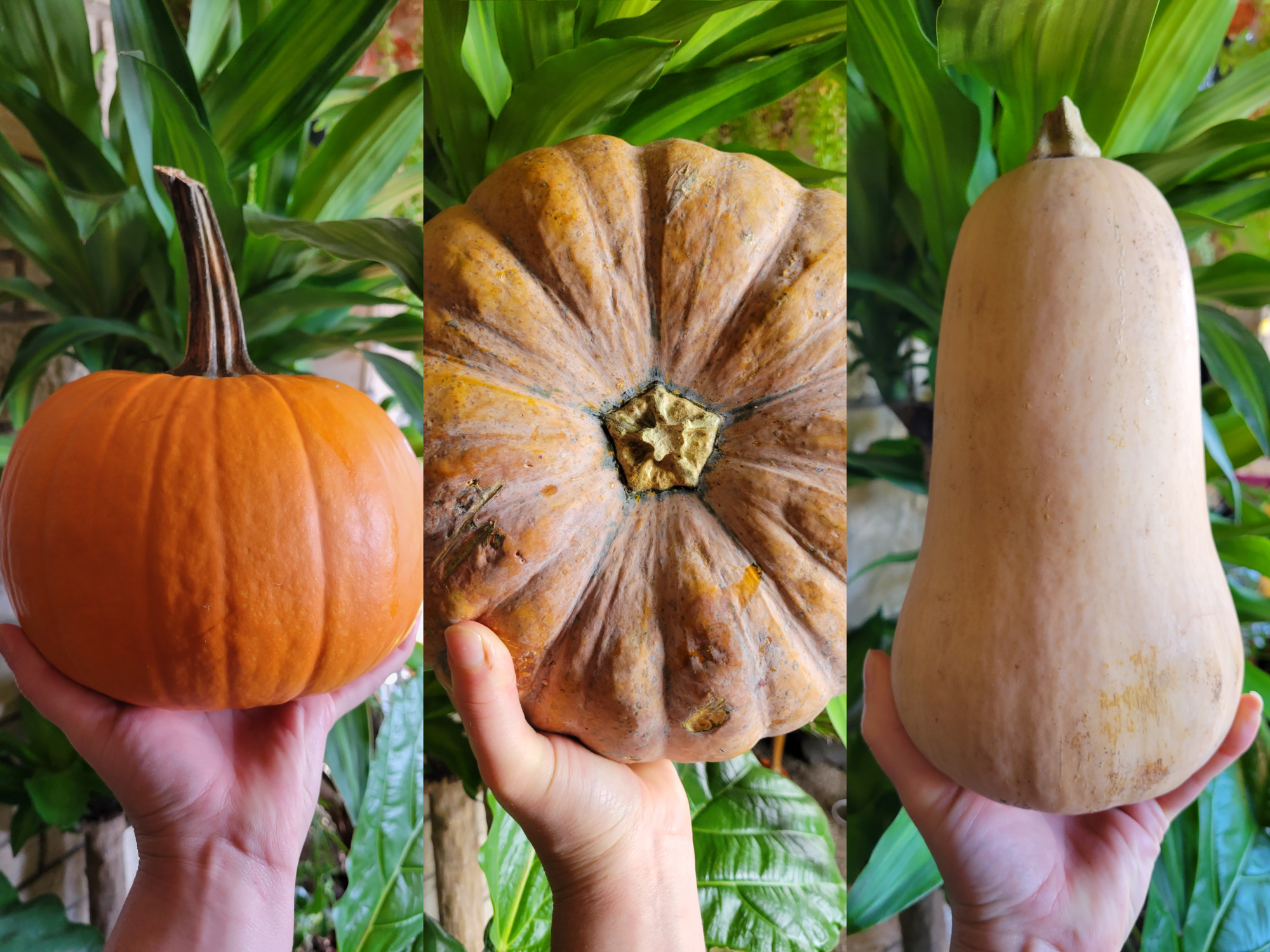
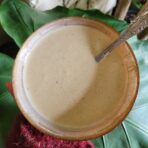
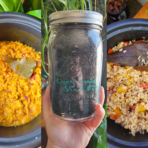
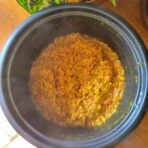

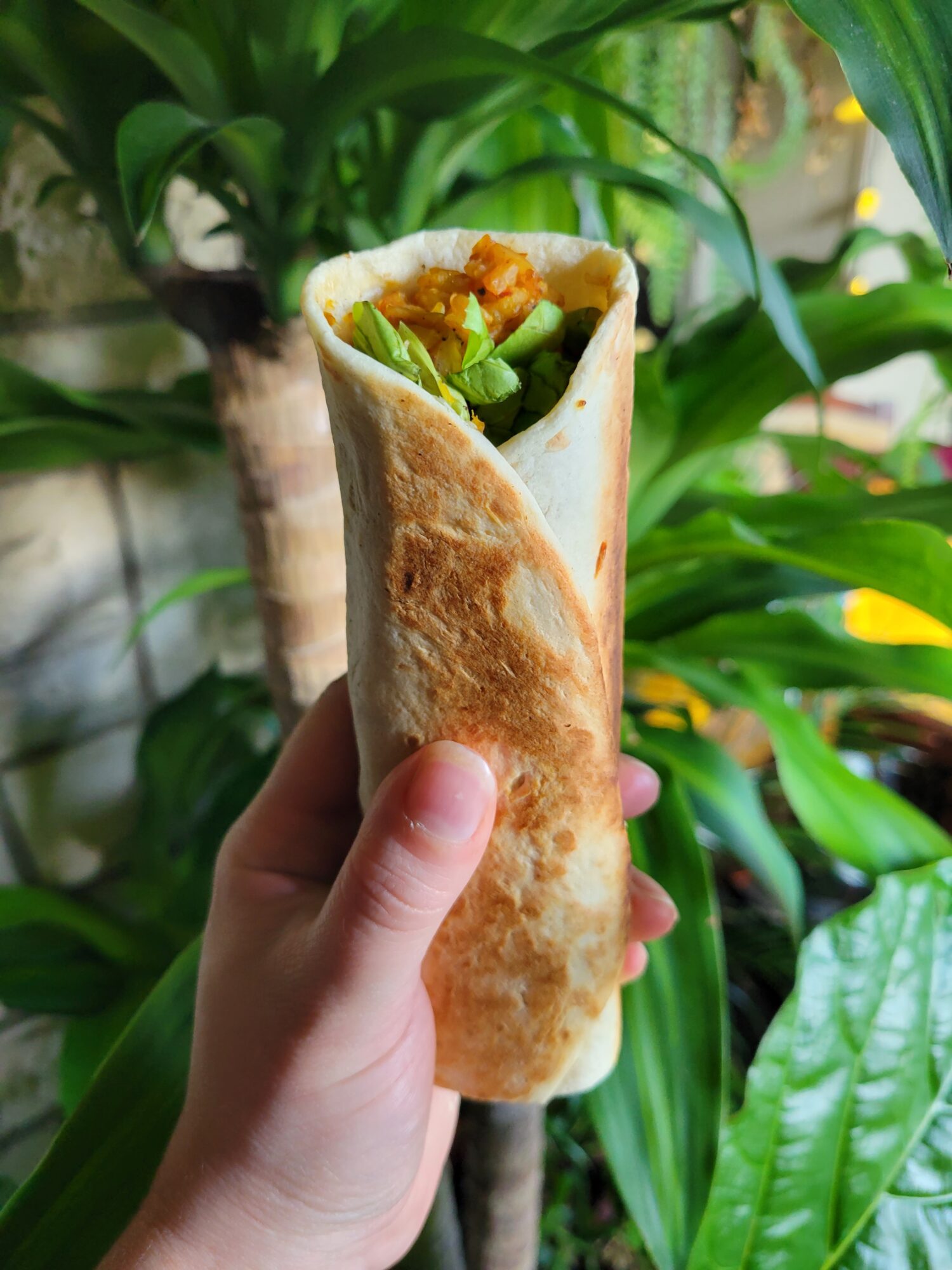



Leave a Reply